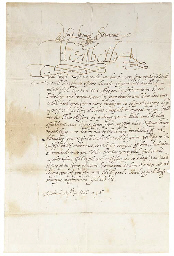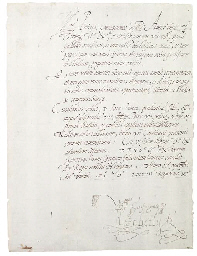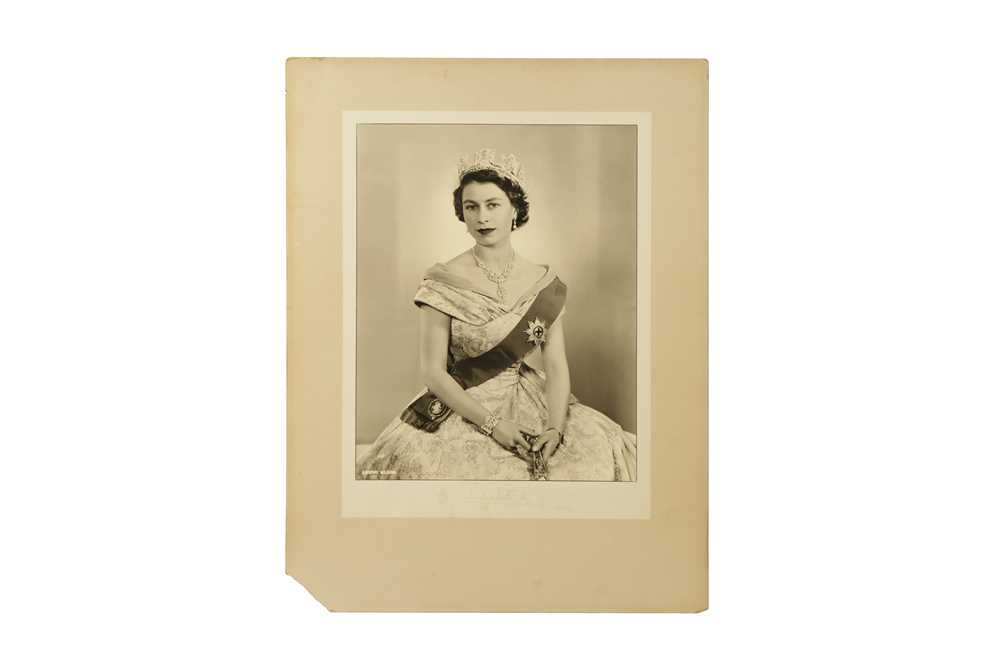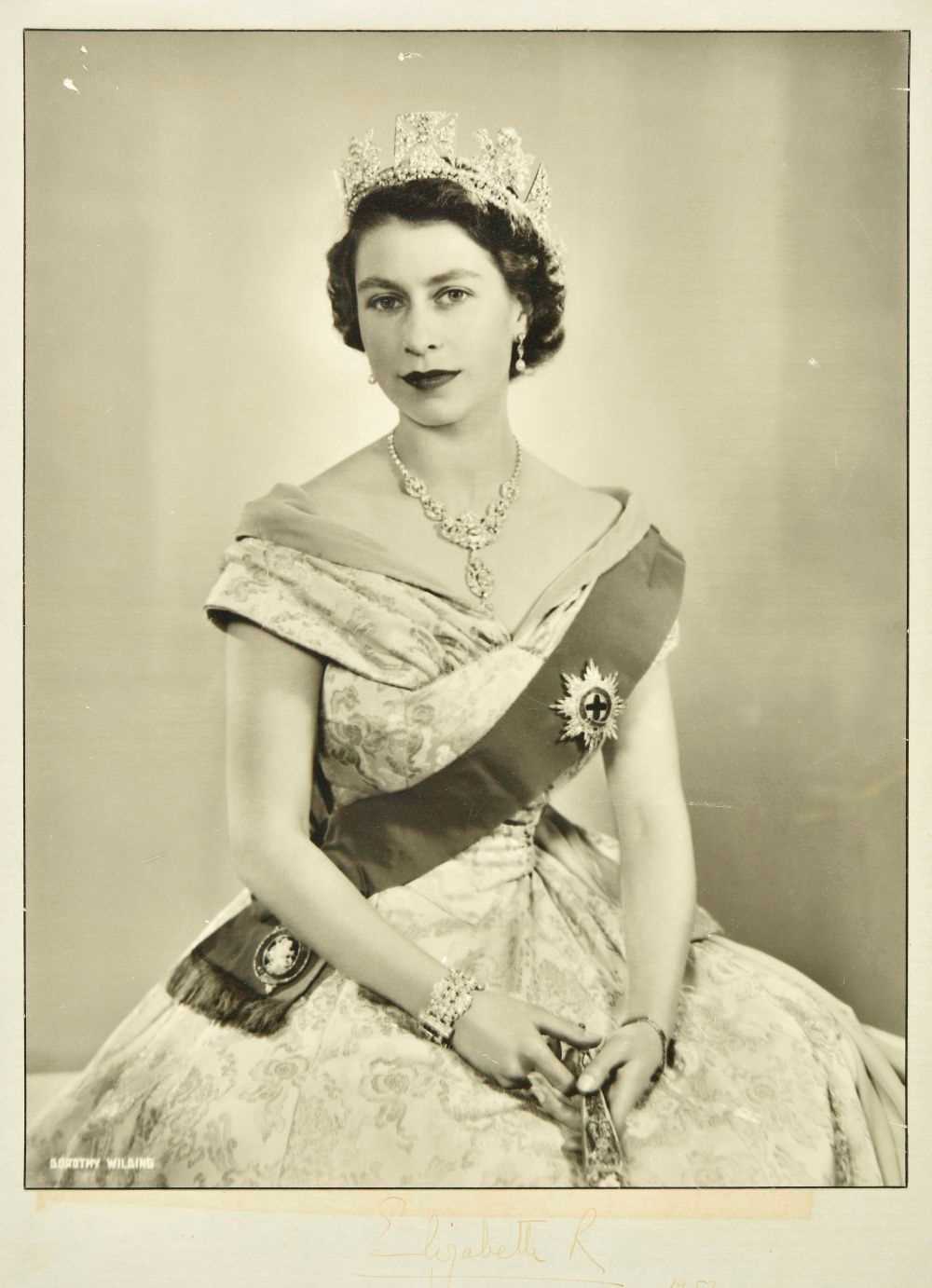Elizabeth I, Queen of EnglandDocument signed ("Elizabeth R"), addressed to Sir John Fortescue, Master of the Wardrobe, commanding him to deliver to Sir Thomas Gorges ("gentleman of our wardrobe") quantities of fabrics to produce ("...one hundred threscore and eleven yards of russett clothe, to make fyftie and seaven gownes for fyftie and seaven poore women. And fiftie and seaven pre of single soled showes for them...")
1 vellum membrane (241 x 349 mm), papered seal, Greenwich Palace, 18 February 1590/91; old folds, not examined out of frame.
The Royal Maundy Service is an ancient royal tradition that stretches back to seventh century and continues today. It commemorates Jesus washig the feet of the Disciples before the Last Supper. A number of poor women equal to the sovereign's age were invited to take part in the service. In an elaborate and formal ritual, the Queen would wash and kiss the feet of the poor and present them with food, drink, clothing, footware, and money. This document orders the preparation of 57 dresses and shoes some seven weeks before Easter. Preparations were to be the responsibility of Sir Thomas Gorges of Longford in Wiltshire (1536-1610). Gorges had been a prominent courtier since the early 1570s and was married to Helena von Snakenborg, a noblewoman of Swedish origin who was a trusted Gentleowoman of the Queen's Privy Chamber.
Elizabeth I, Queen of EnglandDocument signed ("Elizabeth R"), addressed to Sir John Fortescue, Master of the Wardrobe, commanding him to deliver to Sir Thomas Gorges ("gentleman of our wardrobe") quantities of fabrics to produce ("...one hundred threscore and eleven yards of russett clothe, to make fyftie and seaven gownes for fyftie and seaven poore women. And fiftie and seaven pre of single soled showes for them...")
1 vellum membrane (241 x 349 mm), papered seal, Greenwich Palace, 18 February 1590/91; old folds, not examined out of frame.
The Royal Maundy Service is an ancient royal tradition that stretches back to seventh century and continues today. It commemorates Jesus washig the feet of the Disciples before the Last Supper. A number of poor women equal to the sovereign's age were invited to take part in the service. In an elaborate and formal ritual, the Queen would wash and kiss the feet of the poor and present them with food, drink, clothing, footware, and money. This document orders the preparation of 57 dresses and shoes some seven weeks before Easter. Preparations were to be the responsibility of Sir Thomas Gorges of Longford in Wiltshire (1536-1610). Gorges had been a prominent courtier since the early 1570s and was married to Helena von Snakenborg, a noblewoman of Swedish origin who was a trusted Gentleowoman of the Queen's Privy Chamber.















Testen Sie LotSearch und seine Premium-Features 7 Tage - ohne Kosten!
Lassen Sie sich automatisch über neue Objekte in kommenden Auktionen benachrichtigen.
Suchauftrag anlegen